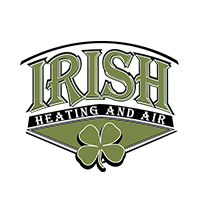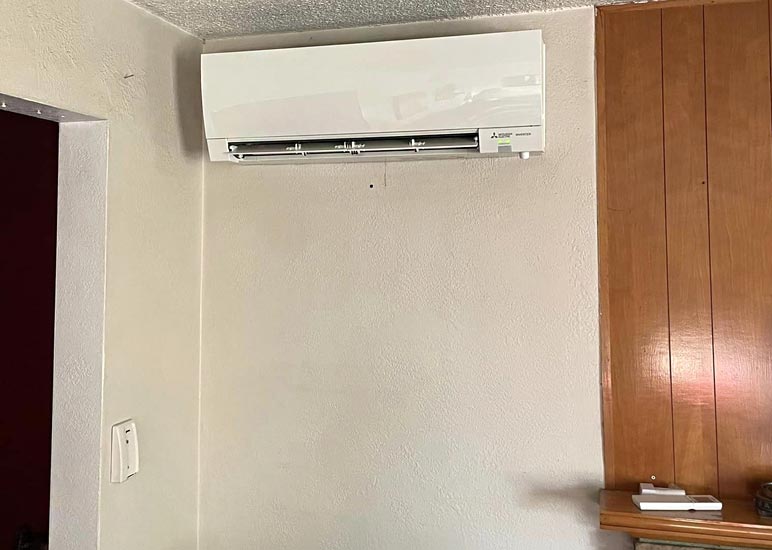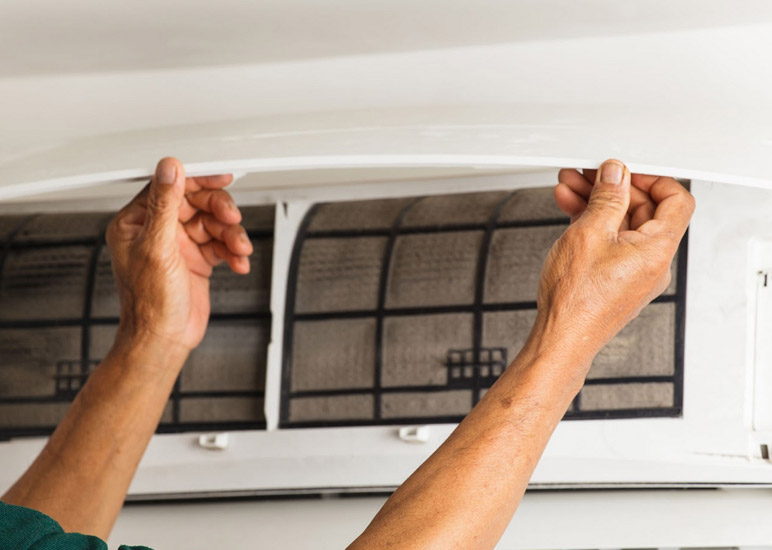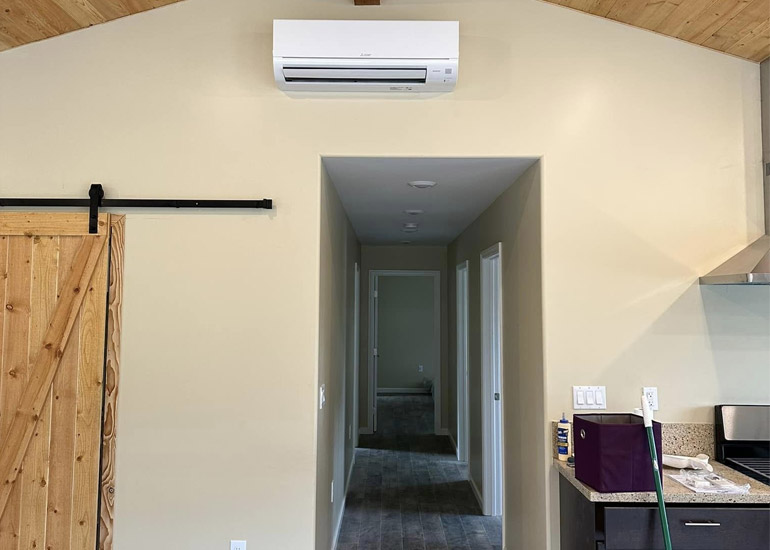 Ensuring clean air in schools is paramount for the health and well-being of students, teachers, and staff. Poor indoor air quality can lead to various health issues and hinder learning and productivity. With increasing concerns about airborne contaminants such as viruses, allergens, and pollutants, schools must invest in effective air filtration systems. Here are some of the best air filtration options for schools:
Ensuring clean air in schools is paramount for the health and well-being of students, teachers, and staff. Poor indoor air quality can lead to various health issues and hinder learning and productivity. With increasing concerns about airborne contaminants such as viruses, allergens, and pollutants, schools must invest in effective air filtration systems. Here are some of the best air filtration options for schools:
- High-Efficiency Particulate Air (HEPA) Filters: HEPA filters are highly efficient at trapping airborne particles, including dust, pollen, mold spores, bacteria, and viruses. They can capture particles as small as 0.3 microns with an efficiency of 99.97%. Installing HEPA filtration systems in classrooms, gyms, cafeterias, and other common areas can significantly improve indoor air quality.
- Ultraviolet Germicidal Irradiation (UVGI) Systems: UVGI systems use ultraviolet (UV) light to disinfect the air by neutralizing airborne pathogens such as bacteria and viruses. When installed within HVAC systems or as standalone air purifiers, UVGI systems can help reduce the spread of infectious diseases in schools. However, it’s essential to ensure proper installation and maintenance to maximize effectiveness.
- Activated Carbon Filters: Activated carbon filters are effective at removing odors, gasses, and volatile organic compounds (VOCs) from the air. These filters contain activated carbon, which absorbs and traps molecules responsible for unpleasant odors and harmful chemicals. Incorporating activated carbon filtration alongside HEPA filters can provide comprehensive air purification in schools.
- Energy Recovery Ventilation (ERV) Systems: ERV systems help improve indoor air quality while also promoting energy efficiency. These systems exchange stale indoor air with fresh outdoor air while recovering energy from the exhaust air stream. By preconditioning the incoming air with the temperature and humidity of the outgoing air, ERV systems help maintain comfortable indoor conditions while reducing the strain on HVAC systems.
- Portable Air Purifiers: Portable air purifiers equipped with HEPA filters and additional features like UV-C sterilization can be deployed in classrooms and offices to supplement existing HVAC filtration. These units offer flexibility and targeted purification, especially in areas where centralized filtration may be insufficient or impractical.
- Air Quality Monitoring Systems: Implementing air quality monitoring systems allows schools to continuously monitor indoor air quality parameters such as particulate matter levels, CO2 concentration, humidity, and temperature. Real-time monitoring provides valuable data for identifying potential issues and optimizing filtration strategies.
Not to be overlooked, regular maintenance of HVAC systems is essential for ensuring optimal performance and air quality in schools. This includes changing filters according to manufacturer recommendations, cleaning ducts and vents, and inspecting equipment for any signs of damage or malfunction. Regular maintenance of the HVAC system will enhance the performance of any air filtration systems being used.
A multi-faceted approach that combines HEPA filtration, UVGI technology, activated carbon filtration, energy recovery ventilation, portable air purifiers, proper HVAC maintenance, and air quality monitoring is essential for ensuring clean and healthy indoor air in schools. By investing in effective air filtration options, schools can create safer and more conducive learning environments for students and staff alike.





